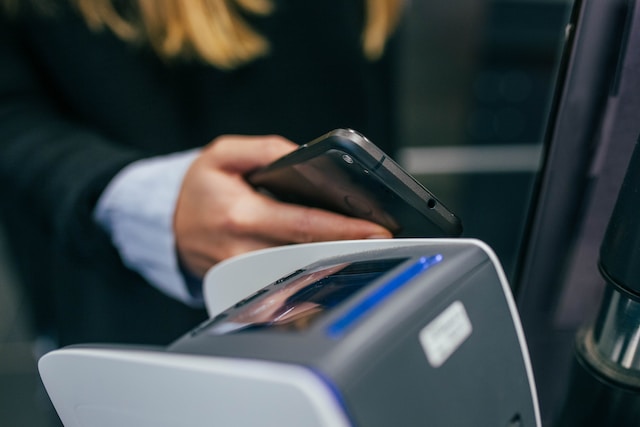Nowadays, it is relatively simple to receive and send money between banks in the same country; however, when you want to carry out these same transactions between banks in different countries, certain problems or setbacks arise. Because of this problem, the European Payments Council (EPC) developed a unified payment called the Single Euro Payments Area (SEPA). Currently, because of the needs of users and the market, this system has two modalities or alternatives: SEPA payments and SEPA Instant payments; in this article, we will explain what SEPA Instant payments are and how they differ from traditional SEPA payments.
SEPA Instant
The SEPA Instant, also known as SEPA Instant or SEPA Instant Credit Transfer (SCT Inst), is a payment developed from the SEPA payments of the EPC, which was used in November 2017. Its main aim was to create a system that would allow for fast, secure, and efficient international interbank transactions between members of the SEPA Zone.
Features of Instant SEPA
With this payment system, it was possible to eliminate international barriers that limited international interbank transfers between members of the SEPA zone so that factors such as exchange rates, technological gaps in banking systems, and different time zones were overcome thanks to the features. Among the features of this payment system, we can highlight:
– Transfers are free.
– It excludes intermediaries and correspondent banks in the processing of transactions.
– The service is available 24 hours a day, every day of the year, including weekends and holidays.
– The transaction limit is a maximum value of 100 thousand EUR.
– It can reflect the transaction in 10 seconds after the execution.
– Available for PSPs and customers within the SEPA zone members.
Differences between SEPA payments and SEPA Instant payments
When making the money transfer, the customer can choose between SEPA (SCT) and Instant SEPA (SCT Inst), which differ in several ways:
- Fees for each transfer: The SEPA fee/transfer is free or less than €1, while the SEPA Instant fee may include some additional fees at certain banks or entities.
- Time of execution: The speed of approval of a SEPA payment is 1 to 2 business days, while in SEPA Instant, it is approximately 10 seconds.
- Operating days: With SEPA, transactions can only be made on business days from 8 am to 8 pm (UTC +3), while in SEPA Instant, transactions can be made 24 hours a day, 365 days a year.
- Maximum limits per transfer: The maximum limit per SEPA transfer is €999,999,999.99, while the SEPA Instant is €100,000.
We must highlight that to use either of these two payment schemes successfully, the PSP or the banks (receiver and sender) must be connected to the SEPA scheme.
European Payments Council
The European Payments Council (EPC) is an international European organization, which created SEPA payments to overcome the obstacles to making international transactions, which tend to limit speed, increase operational costs and reduce the efficiency of such transactions. It is important to note that SEPA Instant payments are an “extension” of the SEPA system.
The EPC main goal is to promote innovation and competitiveness to benefit payment service providers (PSP) and their customers around the European country. The EPC excels in the development of electronic payment instruments using a single currency (Euro, EUR, or €), which enables thousands of Europeans PCPs to make payments, currently enabling more than 45 billion transactions to be made annually across Europe.
What do you think about this topic? Do you want to know more about Instant SEPA payments?
If you are interested in our products or services, you can visit our website and register on our platform by visiting the following link.
Image by Jonas Leupe via Unsplash.com under creative commons license.
